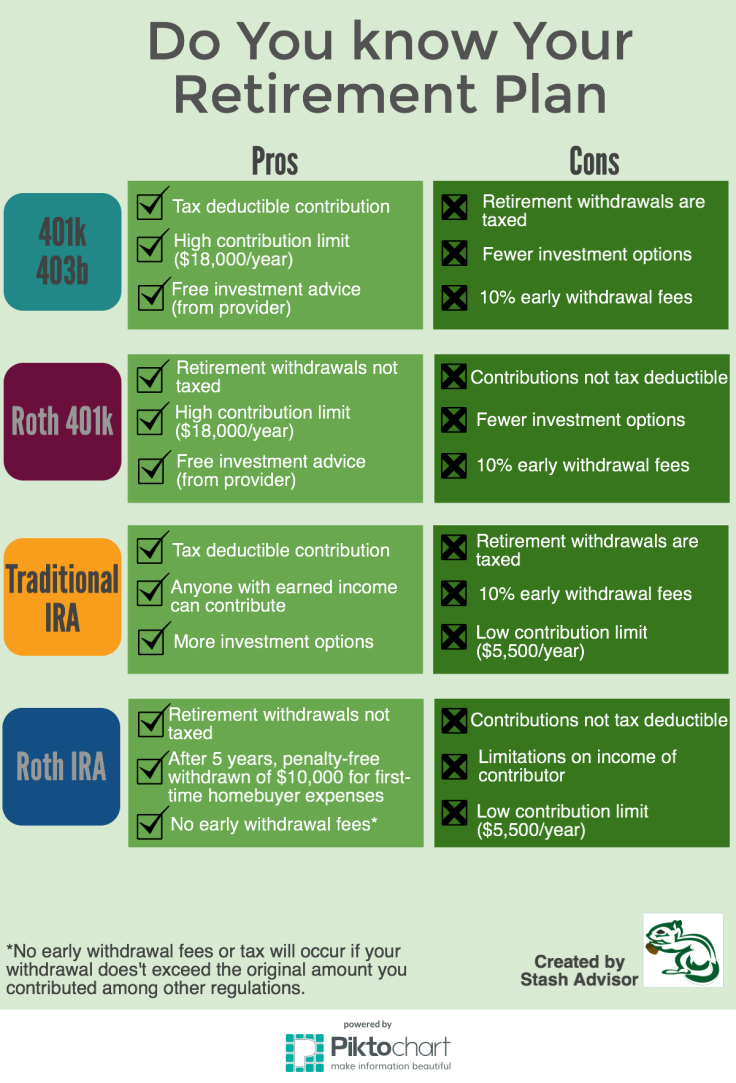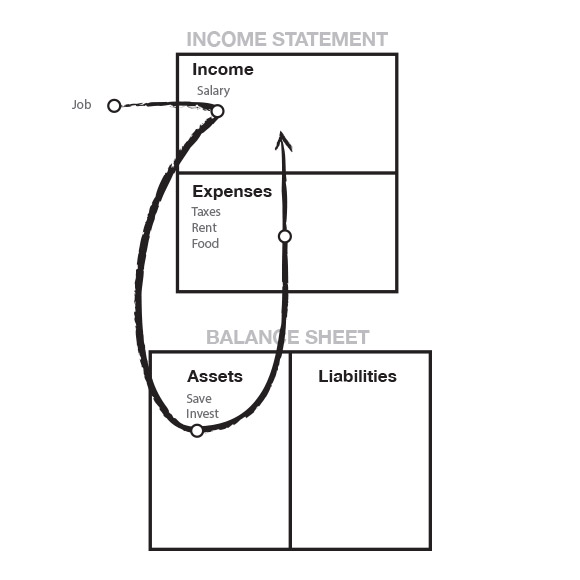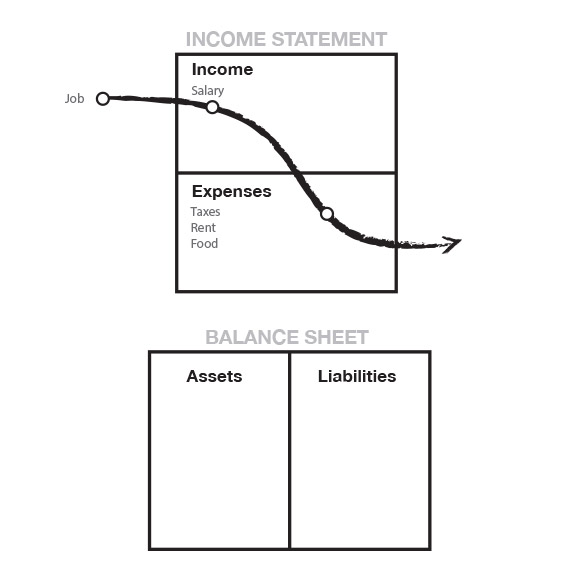Do you have a savings account? I ask because doing this small thing can make a big difference in your financial situation. When I first started making money, I would put all my earnings into my checking account. I thought it wouldn’t make a difference if I kept all my money there, or in a savings account. However, this made me disorganized. There was nothing stopping me from spending everything in my checking account. It got to the point where I wouldn’t look at my account because I was scared to find out how much money I had spent. Whenever things such as holidays, vacations, concerts, or birthdays popped up I would just spend what was in my account, which didn’t help my account grow. After having enough, I made a decision to change the way I handled my money, and started reading books on personal finance. I stumbled upon a book called “The Total Money Makeover” by Dave Ramsey that completely changed my perspective, and taught me the importance of saving. Now I have structure in my finances, and can withdraw from my bank account without worry. All it took was for me to separate my money into different accounts.
Why You Should Get a Savings Account
There are two reasons why you should have a savings account, if you don’t already have one. First you’ll have money in the future when you need it and second, you will have money when you unexpectedly need it.
Have Money When You Need It
The future isn’t certain, but you do know for certain that some events will inevitably happen. We all know Christmas comes around every year on December 25th, so why not plan for it? Would you take a trip to Africa without packing light clothes? Would you go to the beach without packing a bathing suit? No. So, plan for your financial future by stashing away a certain amount of money each month or pay period so that when expected events comes around, you can spend the money you saved instead of the money you need.
Expected Savings Examples
One example of a savings account you can open is for presents. Let’s say you know you are going to spend $200 on presents for Christmas. Starting in January, you could put $17 into your account every month and by December, you will have $204. Another example of a savings account you can open could be for festival tickets. Tickets cost $240 and the concert is in September so in January, you start saving $40 each month. By June, you already have enough for your ticket. With such simple installments made to your savings accounts you’ll have enough money to enjoy the things you like well before you have to pay for them.
Emergency Savings
Life can get hard unexpectedly. That’s why you need a safety net. I remember shaking my head while reading “The Total Money Makeover” and Dave said “It is going to rain. You need a rainy-day fund”. I thought to myself that’s nice but that could never happen to me, I’m careful. I’ll follow his advice because I want to be rich, but I’m positive that I will never have an emergency. Well let’s just say that thanks to Dave’s advice I didn’t get wet, when it did eventually rain. My emergency savings fund has been there to protect me from a few unforeseeable events.
Set up Your Emergency Savings Fund
Things can happen to you such as your laptops breaking, all the way up to you losing your job. With life you never know, that’s why it’s important to have a little insurance. Above all other savings, an emergency savings fund should be your top priority. For an emergency savings fund it would be wise to save for the worst case scenario. But this amount can sometimes be a bit overwhelming to consider. So first Dave says to start off with building an emergency savings fund of $500 if your income is equal to or under $20,000 per year, and $1,000 if it is over $20,000 per year. A few examples of what you can do to establish your initial fund are, putting as much money as you possibly can from your budget into your emergency fund, working extra hours, selling something, or having a garage sale. Use your imagination to come up with ways to build your initial emergency fund. The point is to establish your initial fund as quickly as possible. After doing so you will have the comfort of knowing that if something were to happen to you, you at least have $1,000 to cover the damages.
After building your initial emergency savings, build your account so that you can cover all your expenses for 3-6 months. To accomplish this, you should use all the available cash you have and put it into your emergency savings account. By doing so you will be prepared for just about any inconvenience that may come your way. Once you accomplish your savings goal, your emergency savings fund should ONLY be used for emergencies and nothing else.
Creating savings accounts is a simple thing that can make a big impact on your financial life. The bottom line is that planning your future, by saving, will keep you from spending money that you need, and help you grow your wealth properly. By saving for events you know will happen and emergencies, you will have a greater amount of control over your finances. On top of this you will protect yourself from the uncertainty of the future.
Got a great idea or suggestion of what you would like us to blog about? Please send your inquiries to stashadvisor@gmail.com. We are all about bringing you the most value!
Sources:
Ramsey, D. (2003). The total money makeover: A proven plan for financial fitness. Nashville: Thomas Nelson Pub.



